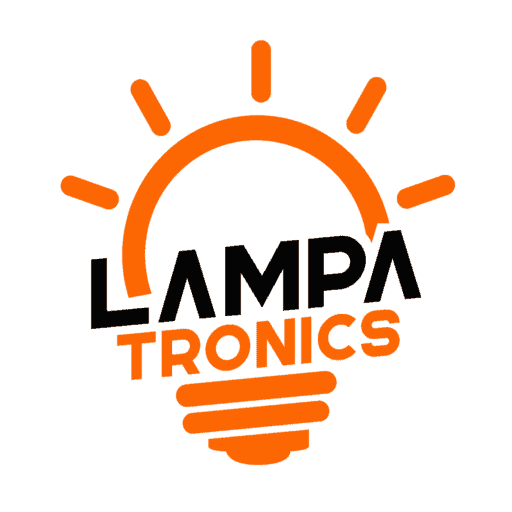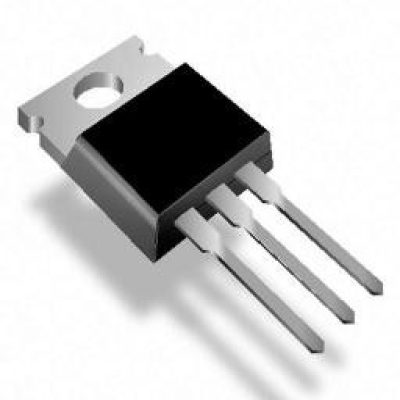No products in the cart.
BC640 Transistor (NPN, 80V, 1.5A)
In Stock
EGP1.00
In Stock
Add to WishlistRemove from Wishlist
CompareAdd to Wishlist
Description
BC640 Transistor (NPN, 80V, 1.5A)
The BC640 is a NPN bipolar junction transistor (BJT) designed for use in switching and amplification applications. It is commonly used in various electronic circuits due to its robust performance characteristics and versatility.
Key Features:
- Type:
- The BC640 is an NPN type transistor, meaning it has a negative (N) type semiconductor material between two positive (P) type materials. It is mainly used for current amplification and switching purposes.
- Collector-Emitter Voltage (Vceo):
- The BC640 can handle a maximum collector-emitter voltage (Vceo) of 80V, which allows it to function in circuits with moderate voltage levels.
- Collector Current (Ic):
- The transistor can handle a maximum collector current (Ic) of 1.5A, which makes it suitable for medium-power applications like switching small motors, driving relays, or amplifying audio signals.
- Power Dissipation:
- The BC640 has a maximum power dissipation of 40W, meaning it can handle significant power levels without overheating, making it reliable in high-power applications.
- Gain (hFE):
- The DC current gain (hFE) typically ranges from 110 to 800 depending on the operating conditions. The current gain is important for amplification purposes because it indicates how much the transistor can amplify an input signal.
- Package Type:
- The BC640 is typically available in a TO-92 package, which is a small, through-hole, and widely used package suitable for mounting in both breadboards and printed circuit boards (PCBs).
- Frequency Response:
- The BC640 offers reasonable performance at frequencies up to around 250 MHz, making it suitable for audio and high-frequency applications.
Applications:
- Switching Circuits:
- The BC640 is frequently used in switching circuits to control small loads, such as activating a relay, turning LEDs on and off, or switching small motors or solenoids.
- Amplification Circuits:
- It is used in amplifier circuits, particularly low- and medium-power amplifiers for audio or RF applications. Its high current gain allows it to amplify signals effectively.
- Signal Processing:
- The BC640 can be used in signal amplification in both analog and digital signal processing circuits, such as audio amplifiers, tone control circuits, and oscillators.
- Power Supplies:
- It is used in power supply circuits for regulation and switching power conversion, particularly in lower-power DC-DC converters.
- Low-Frequency Oscillators:
- The transistor is commonly used in low-frequency oscillators for applications like timer circuits or clock circuits.
- Driver Circuits:
- BC640 is used in driver circuits where it needs to switch moderate loads, such as driving LEDs or small motors with higher current requirements than logic circuits can supply directly.
Advantages:
- Medium-Power Handling:
- With its 1.5A current handling capacity, the BC640 is capable of driving moderate loads, making it suitable for a wide range of applications.
- High Voltage Tolerance:
- The 80V collector-emitter voltage rating makes it versatile for many applications requiring moderate voltage levels.
- Good Frequency Response:
- With a frequency response of up to 250 MHz, it is suitable for audio and RF applications, such as amplification and oscillator circuits.
- Cost-Effective:
- The BC640 is an inexpensive and widely available transistor, making it a popular choice for hobbyists and electronics designers alike.
- Durability:
- It can handle significant power dissipation and operating currents, providing long-term durability and reliability for electronic circuits.
Disadvantages:
- Limited Current Handling:
- The 1.5A current rating limits its use in high-power applications. For circuits that require higher current handling, a larger transistor or MOSFET would be more appropriate.
- Limited Voltage Rating:
- The 80V maximum voltage rating makes the BC640 unsuitable for high-voltage circuits (e.g., circuits operating at voltages above 80V).
- Low Switching Speed:
- While suitable for switching low-to-medium frequencies, the BC640 may not be ideal for applications requiring high-speed switching, as its frequency response is not as high as that of other faster transistors (e.g., MOSFETs).
Pinout (TO-92 Package):
- Pin 1 (Emitter – E):
- The emitter of the NPN transistor. It is typically connected to ground or the negative side of the circuit.
- Pin 2 (Base – B):
- The base of the NPN transistor, used to control the flow of current between the collector and emitter. A small current at the base turns the transistor on, allowing larger current to flow from collector to emitter.
- Pin 3 (Collector – C):
- The collector of the NPN transistor, where the load (e.g., motor, LED, etc.) is typically connected. The collector carries the current from the power supply to the load when the transistor is on.
How to Use the BC640:
- Switching Operation:
- To turn on the BC640, a small current (usually in the range of 1mA to 10mA) must be applied to the base relative to the emitter. This allows a larger current to flow from the collector to the emitter.
- Amplification:
- In amplification applications, the BC640 can be used as a signal amplifier by applying an AC signal to the base and using the collector as the amplified output. The base resistor is typically used to control the current flowing into the base, ensuring proper operation of the transistor.
- Current Limiting:
- When using the BC640 to switch or amplify signals, it is important to use current-limiting resistors for the base and collector to prevent excessive current that could damage the transistor.
Only logged in customers who have purchased this product may leave a review.
- Image
- SKU
- Rating
- Price
- Stock
- Availability
- Add to cart
- Description
- Content
- Weight
- Dimensions
- Additional information





Reviews
There are no reviews yet.